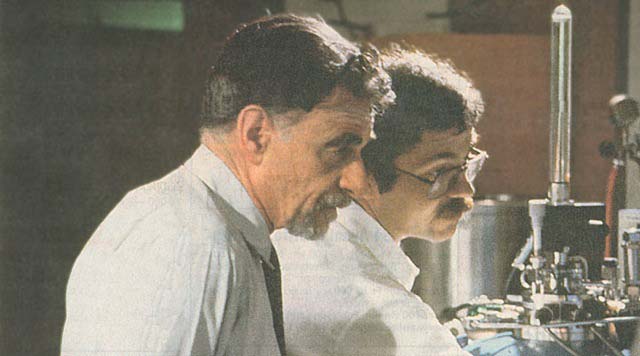Superconductors are special materials that, when cooled to the critical temperature, reduce their electrical resistivity down to zero, and they become superconductors. Superconducting materials, that reach the critical temperature, become the best electricity conductors.
The critical temperature is usually indicated with the Tc symbol and it is a distinctive feature of the material. It is as important as the spectral signature is for the IR emission.

The physician Kamerlingh Onnes, discovered the phenomenon of superconductivity in 1911, while he was observing and studying mercury. The most used materials for superconductivity are titanium, niobium, tin, and vanadium.
In the above mentioned materials, superconductivity takes place at very low temperatures, however, it never reaches the absolute zero, as it would annihilate the matter.
When electric current passes through a superconductive turn, practically, it runs endlessly, and it breaks down completely the Joule effect.
Therefore, a superconductor can carry a huge amount of electric current without dissipating energy in the form of heat. As a result, electricity can circulate for long periods without dispersion.
This phenomenon is closely related to the quantum theory of the electron pairs movement, commonly referred to as Cooper pair or electron-electron pairing. In fact, if on the one hand superconductivity was discovered in 1911 by Onnes while observing mercury, on the other hand it was only theorized in 1957 by J. Bardeen, L.N. Cooper and J.R. Schrieffer. However, only in 1988, thanks to J.G. Bednorz and K.A. Muller’s studies, what we know today was discovered.
Basically, in the laboratories of IBM in Zuricht, these two researchers realized that superconductivity was linked to the critical temperature. The two researchers, in a first experimental phase, revealed superconductivity at a temperature of 35° K, on a ceramic with a composition of lanthanum, barium and copper. In 1987, the same results were obtained, but this time using a ceramic composed of yttrium at a temperature of 90° K. Today’s, the lowest critical temperature that has been reached with experimental applications on mercury is of 133° K.

Another peculiar feature of superconductors regards their magnetic behavior. In fact, when superconductors are cooled to the critical temperature, they become perfectly diamagnetic. This phenomenon is defined as the Meissner effect and has been widely applied for the implementation of fast trains running on a magnetic bearing.
Superconductors classification
Thanks to all the researches carried out on superconductivity, we can classify superconductors into two categories: type I and type II. All materials that fall within type I, suffer from a significant limitation. In fact, these materials retain the ability to superconducting at low temperatures and with a weak electromagnetic field. When the electromagnetic field reaches a high intensity, that is defined as critical, it degrades the state of superconductivity of the material itself. Second type (II) materials have a much higher performance and are, for this reason, the most used and the most demanded materials. Basically, these materials, even if they are subjected to a magnetic field, remain bound to the state of superconductivity. This feature allows superconductors, of type II, to withstand very strong magnetic fields and consequently bear a high current load.
Classification parameters of superconductors
The two main features that allow to operate the dichotomy of the superconductive gap are the coherence length and penetration depth.
– The coherence length, connected to the Cooper pair, is the spatial distance between a pair of electrons. It represents the size or extent of the pair. This length, in traditional or conventional superconductors, is measured in nanometers.
– The penetration length regards the so called Meissner effect. That is to say, the decay of external magnetic fields, as a results of magnetic fields induced by current flowing through the superconductor. The distance at which such a decay occurs, is defined by the penetration length. This penetration, as well as for coherence, is measured in nanometers.
Peculiarities of superconductors
Type I superconductors are defined as low melting and tender. The coherence length in superconductors, is always greater than the penetration length and, for this very reason, they tend to be superconductors under specific conditions of low temperature and with the presence of a weak magnetic field. Since the superconductivity of these materials is limited, they are not that interesting from a technological point of view and they are not that popular.
Type II superconductors are very popular, as they have a better technological performance. The penetration depth of these materials is less than the coherence length and therefore they remain in a state of superconductivity, even after the penetration of the magnetic field. Type II superconductors can withstand very strong fields and therefore carry more intense currents. This type of superconductors is interesting from a technological point of view.
Practical applications
As we all know, materials capable of being superconductors at the environment temperature haven’t been discovered yet. The high cost of cryogenic cooling devices does not allow to use such devices on a large scale. In addition to their cost, the practicality of the cooling device involves considerable limitations. These limitations allow superconductors to be used only for special applications, such as for satellite components, biomedical application, automotive engineering and IT applied to research.
